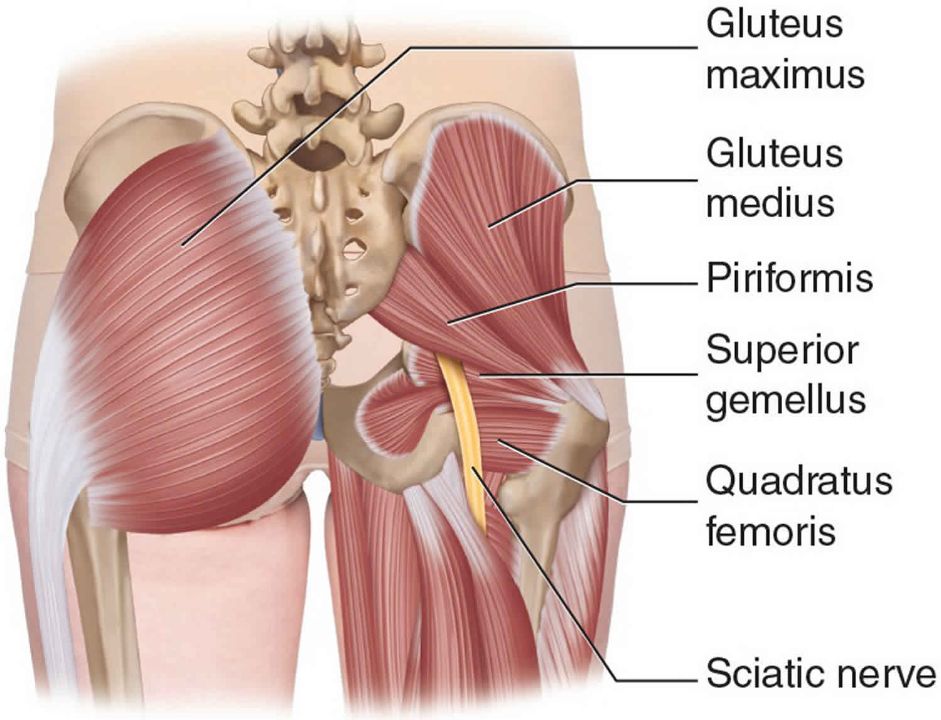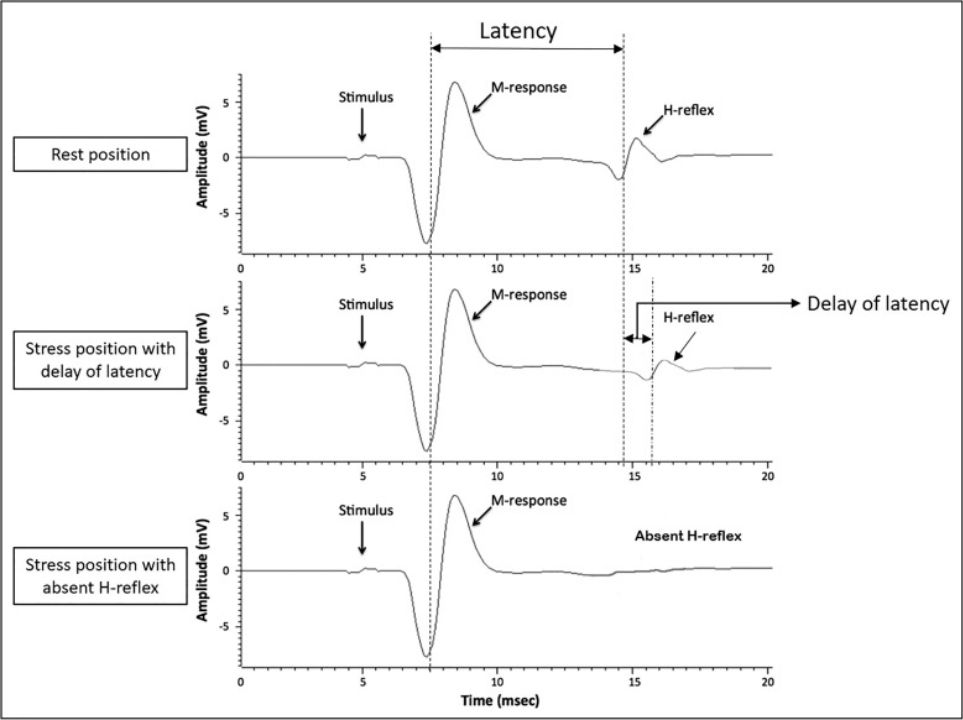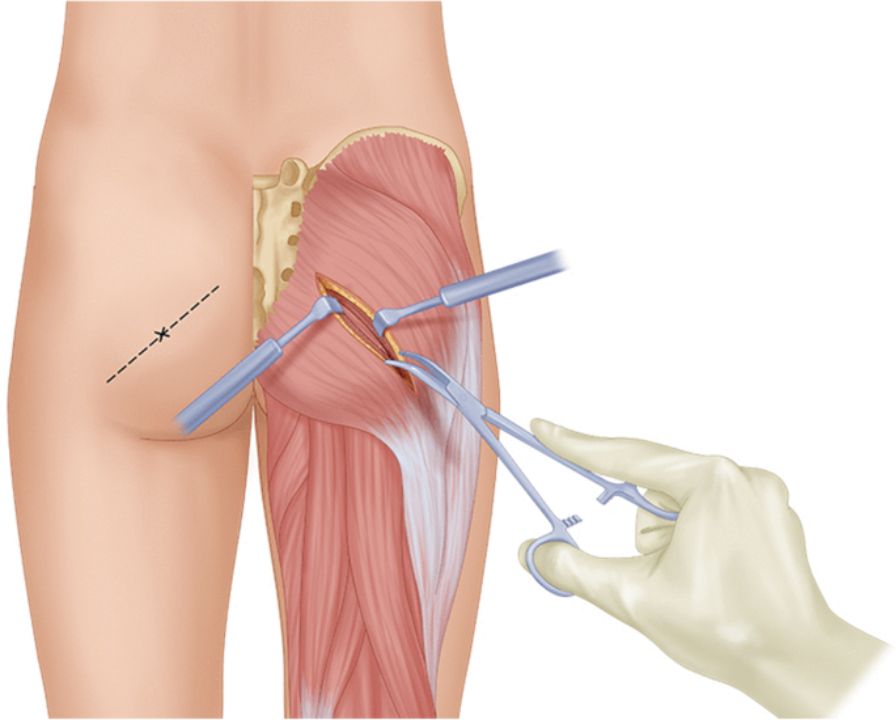When sitting or standing, do you experience lower back, hips, or buttocks pain? You may be suffering from a condition known as piriformis syndrome. It is a type of nerve entrapment that can cause significant discomfort and limit physical activity.
Piriformis Syndrome occurs when the piriformis muscle may tighten and irritate the sciatic nerve, resulting in sharp pain radiating down the leg. Knowing the possible causes, signs, symptoms, and treatments for this condition may help you find relief.
With proper diagnosis and treatment, many people have found successful relief from piriformis syndrome’s uncomfortable symptoms. This article will provide information on what causes it, how to diagnose it correctly, and different treatment options available to manage its effects on daily life.
Piriformis Syndrome is a painful, debilitating condition that can cause immense suffering. It occurs when the piriformis muscle in the buttocks becomes too tight or spasms.
Ultrasounds and massage are common treatments for this syndrome to help reduce pain and inflammation. Sitting with proper posture and alignment also helps alleviate symptoms.
Find relief from this Syndrome with medical procedures near you or look for nearby treatment options. Don’t let this painful condition take over your life; get help today!
Sitting for long periods and strenuous exercise can contribute to Piriformis Syndrome. It can also be caused by sciatic nerve irritation. The condition is often diagnosed through a self-test or exercise PDF. Surgery may be necessary in extreme cases. There are also ways to sleep with this ailment. When testing, it’s important to distinguish between this condition and other conditions like sciatica.
Pain in the buttocks, hips, and legs can be a sign of Piriformis Syndrome. Other indications include numbness, tingling, burning sensations, or difficulty moving the leg or foot. Your doctor may use tests, such as an X-ray or MRI scan to diagnose it correctly.
Specific exercises should be avoided to prevent further pain and injury, while others can help recover. Muscle relaxers may be prescribed to reduce discomfort; however, specific stretches and strengthening exercises are the best way to fix this issue.
It’s important to distinguish between Sciatica and Piriformis Syndrome as they have different symptoms and treatments.
Diagnosing Piriformis Syndrome includes a feeling of confusion and fright. Getting the correct diagnosis is key to treating it effectively. Your doctor may suggest a physical exam, an MRI, or even surgery to rule out other conditions. X-rays or ultrasounds can also help identify the source of pain. A test can also be done to see if it’s causing the issues you’re experiencing.
 Photo Credit: Health Jade
Photo Credit: Health Jade
Yoga and stretching are other treatments that might be used with medications to restore mobility and reduce pain. How long Piriformis Syndrome lasts depends on how severe it is and how quickly you get treatment. It should not be confused with sciatica, which has different symptoms and treatment options.
Imaging tests can provide useful information about the source of your discomfort and help determine if Piriformis Syndrome is the cause. These tests may include:
Experienced specialists can interpret these results correctly and provide immediate relief for your condition.
In addition to imaging tests, nerve conduction studies can be used to diagnose piriformis syndrome. This test involves sending electrical signals through the body and measuring their response.
 Photo Credit: Science Direct
Photo Credit: Science Direct
Acupuncture and special exercises are often prescribed as treatments for the condition, but in some cases, those with this malady may find that they can’t walk or perform certain activities due to pain.
Understanding the cause of this painful condition is essential in order to develop an effective treatment plan.
Living with the pain of piriformis syndrome can be unbearable, so seeking treatment is essential. For relief, try these self-care methods:
If you want to heal quickly, follow a consistent approach and stick with it! With the right combination of massage, stretches, and other self-care techniques such as walking, you can relieve your symptoms in no time.
Surgery can be a last-resort option for those who’ve exhausted other treatments and still suffer from piriformis pain.
It’s important to note that surgery may not always be the best course of action, particularly in cases of pregnancy or running.
 Photo Credit: Chinese Neurological Journal
Photo Credit: Chinese Neurological Journal
A thorough understanding of the condition, its symptoms, and the treatments available should be obtained via sources such as Piriformis Syndrome Physiopedia before opting for a surgical solution.
Surgery may be necessary if other solutions are unsuccessful or if the symptoms won’t go away.
Taking proactive steps to prevent piriformis syndrome can help you stay active and pain-free. To reduce your risk, try these methods:
Seek medical advice if symptoms persist despite preventive measures.
If you’ve been trying to prevent piriformis syndrome with no luck, then it’s time to consult a doctor. The ailment can become worse and more difficult to treat if it’s not caught early. So, don’t hesitate to make an appointment if you experience pain in your hip or buttocks that persists for more than two weeks. A doctor can diagnose the condition and recommend the best treatment option for you.
 Photo Credit: pressfoto, Freepik
Photo Credit: pressfoto, Freepik
Piriformis syndrome is primarily caused by the piriformis muscle spasming or becoming tight and inflamed, which can irritate the sciatic nerve that runs beneath it. This can occur due to overuse, strain, or direct injury to the muscle, often in activities that involve repetitive hip rotation.
Piriformis typically presents as pain, numbness, or tingling in the buttocks, which can radiate down the back of the leg along the path of the sciatic nerve. The pain may be exacerbated by sitting for long periods, climbing stairs, or performing activities involving piriformis muscle use.
Treatment for piriformis pain often involves a combination of rest, physical therapy, and pain management strategies. Physical therapy exercises can help stretch and strengthen the piriformis muscle, while pain management may include over-the-counter pain relievers, heat or ice therapy, or in some cases, corticosteroid injections.
The exact cause is often unknown, but it can be attributed to factors such as muscle spasms, overuse or injury of the piriformis muscle, anatomical abnormalities, or compression of the nerve due to tightness or tension in surrounding muscles.
Symptoms may include pain and numbness in the buttock region, radiating pain down the back of the thigh and leg (commonly known as sciatica), difficulty sitting for long periods, and muscle weakness in the affected area.
Diagnosis can be challenging as it shares symptoms with other conditions. A thorough physical examination, assessment of medical history, and imaging tests such as MRI or CT scan may be used to rule out other potential causes and determine if the symptoms are related.
The treatment of piriformis syndrome aims to relieve pain, reduce inflammation, and improve muscle function. It may include a combination of rest, physical therapy, stretching exercises, pain medication, muscle relaxants, heat or ice therapy, and sometimes corticosteroid injections or surgery.
Stretching exercises specifically targeting the piriformis muscle can help to reduce muscle tension, improve flexibility, and alleviate the compression on the sciatic nerve. These exercises may include piriformis stretches, hip stretches, and gentle movements to improve the range of motion in the affected area.
Yes, piriformis syndrome can cause pain in the lower back, given the proximity of the piriformis muscle to the lower spine. The compression or irritation of the sciatic nerve can lead to radiating pain that extends from the buttock region to the lower back.
It is relatively less common compared to other causes of back pain. However, it is estimated to affect a significant number of individuals, especially those who engage in activities that put strain on the piriformis muscle or have certain anatomical predispositions.
The healing time can vary depending on the severity of the condition, individual factors, and the chosen treatment approach. With appropriate treatment and adherence to the recommended plan, symptoms can improve within a few weeks to a few months.